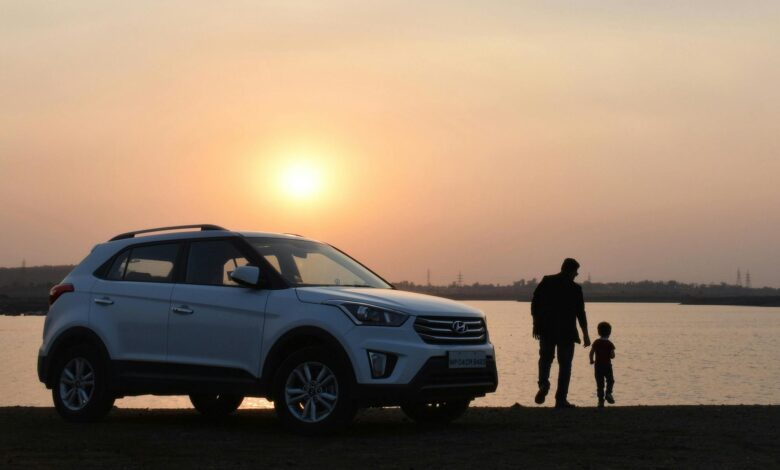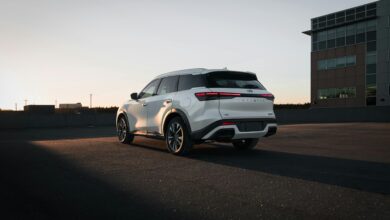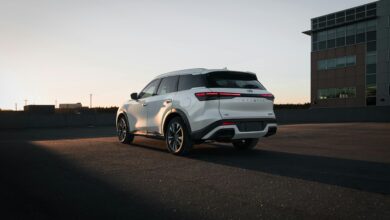Comprehensive vs. Collision Car Insurance: What’s the Difference?

When it comes to car insurance, two of the most common types of coverage are comprehensive and collision insurance. While they may sound similar, these coverages serve very different purposes and protect you in distinct scenarios. Understanding the difference between them is essential for choosing the right policy that meets your needs without overpaying for unnecessary coverage.
In this guide, we’ll break down comprehensive and collision insurance, explain what each one covers, and help you decide whether you need one or both.
What Is Comprehensive Car Insurance?
Comprehensive insurance, often referred to as “other than collision” coverage, protects your vehicle against damages caused by events outside of your control . It covers non-collision-related incidents, such as theft, vandalism, natural disasters, and animal collisions.
What Does Comprehensive Insurance Cover?
- Theft: If your car is stolen, comprehensive insurance will reimburse you for its value (up to your policy limit).
- Vandalism: Damage caused by someone intentionally scratching, breaking windows, or defacing your vehicle.
- Natural Disasters: Events like hailstorms, hurricanes, floods, and earthquakes.
- Fire: Whether caused by an accident or arson, fire damage is covered.
- Animal Collisions: Hitting a deer or other wildlife falls under comprehensive coverage.
- Falling Objects: Damage from falling tree branches, rocks, or other debris.
- Broken Windshields: Many policies include glass repair or replacement with no deductible.
Who Needs Comprehensive Insurance?
- Drivers who live in areas prone to natural disasters, high theft rates, or frequent animal crossings.
- Those with newer or more valuable vehicles, as the cost of repairs or replacement can be significant.
- Lenders often require comprehensive coverage if you’re financing or leasing a vehicle.
Why Is It Important?
Comprehensive insurance provides peace of mind for unexpected events beyond your control. Without it, you’d have to pay out-of-pocket for costly repairs or replacements due to theft, weather damage, or accidents involving animals.
What Is Collision Car Insurance?
Collision insurance covers damage to your vehicle resulting from a collision with another vehicle or object , regardless of who is at fault. This includes accidents with other cars, hitting a stationary object like a tree or fence, or even flipping your car.
What Does Collision Insurance Cover?
- Accidents with Other Vehicles: Whether you’re at fault or not, collision insurance pays for repairs to your car.
- Hitting Stationary Objects: Crashing into a pole, guardrail, or mailbox is covered.
- Rollover Accidents: If your car flips over, collision insurance helps cover the repair costs.
- Hit-and-Run Incidents: If another driver hits your parked car and flees the scene, collision coverage applies.
Who Needs Collision Insurance?
- Drivers with newer or leased vehicles, as repair costs can be prohibitively expensive.
- Anyone who wants protection regardless of fault in an accident.
- Lenders typically require collision coverage for financed or leased cars.
Why Is It Important?
Collision insurance ensures you’re not left footing the bill for expensive repairs after an accident. Even minor collisions can result in thousands of dollars in repair costs, making this coverage invaluable for many drivers.
Key Differences Between Comprehensive and Collision Insurance
To clarify the distinctions, here’s a side-by-side comparison:
| Aspect | Comprehensive Insurance | Collision Insurance |
|---|---|---|
| Focus | Non-collision-related incidents | Collision-related incidents |
| Examples Covered | Theft, vandalism, weather damage, animal collisions | Accidents with other vehicles, hitting objects |
| Who’s At Fault | Irrelevant | Irrelevant |
| Common Scenarios | Stolen car, hail damage, hitting a deer | Rear-ending another car, crashing into a tree |
| Typical Cost Factors | Location, vehicle value, risk of theft | Vehicle value, driving history, accident risk |
Do You Need Both Comprehensive and Collision Insurance?
For many drivers, having both comprehensive and collision coverage makes sense, especially if:
- Your car is relatively new or valuable.
- You lease or finance your vehicle (most lenders require both).
- You want maximum protection against all types of damage.
However, if your car is older and has depreciated significantly, you might consider dropping one or both coverages to save on premiums. Here’s how to decide:
When to Keep Both:
- Your car is less than 10 years old.
- Repair or replacement costs would be financially burdensome.
- You live in an area with high risks of theft, severe weather, or wildlife collisions.
When to Drop One or Both:
- Your car is older and worth less than the annual cost of premiums.
- You have sufficient savings to cover potential repair or replacement costs.
- You rarely drive or only use your car for short distances.
How Much Do Comprehensive and Collision Insurance Cost?
Both types of coverage come with a deductible , which is the amount you pay out-of-pocket before your insurance kicks in. Common deductibles range from $500 to $1,000, but higher deductibles can lower your premium.
Factors Affecting Cost:
- Vehicle Value: More expensive cars cost more to insure.
- Driving History: A clean record can reduce premiums.
- Location: Areas with high theft rates or severe weather may see higher costs for comprehensive coverage.
- Deductible Amount: Choosing a higher deductible lowers your premium but increases your out-of-pocket responsibility.
Example: If your car is worth $5,000 and your annual comprehensive and collision premiums total $800, it might make sense to drop these coverages and save the money instead.
Tips for Saving on Comprehensive and Collision Insurance
- Increase Your Deductible: Raising your deductible from $500 to $1,000 can significantly reduce your premium.
- Shop Around: Compare quotes from multiple insurers to find the best rates.
- Bundle Policies: Combine auto insurance with other policies (like home or renters insurance) for discounts.
- Maintain a Clean Driving Record: Safe driving habits can lead to lower premiums.
- Drop Coverage When Appropriate: If your car’s value is low, consider eliminating comprehensive and collision coverage to save money.



